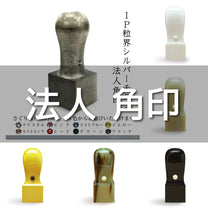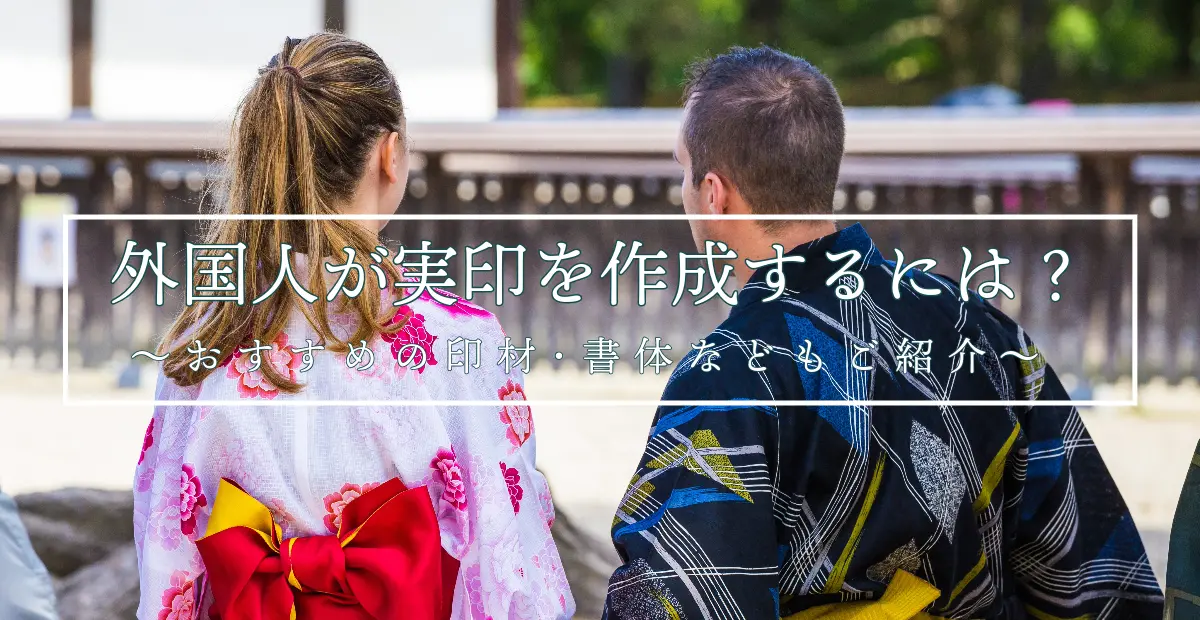In today's business world, it is essential for companies to work together to grow together. In the process, we often share highly sensitive information. However, if for some reason the information is leaked or passed on to a competitor, business opportunities may be lost or major problems may develop.
An NDA (non-disclosure agreement) is the key to preventing such troubles from occurring. In this article, we will explain the basic concept, necessity, types, timing of tying, how to write, and rules for signing and sealing NDAs.
What is NDA (non-disclosure agreement)?
An NDA (non-disclosure agreement) is a contract that agrees on the handling of information in order to prevent information leaks and unauthorized use. Businesses, projects, and patent applications often involve sharing highly confidential information. For example, information about new product development, research and development, technical information before patent application, etc.
If you do not sign an NDA, the risk of such confidential information being leaked increases. Unauthorized use or information passing on to competitors can lead to serious problems, including loss of business competitiveness and credibility. Therefore, highly confidential information requires appropriate management and handling. NDAs play an important role in preventing leaks and misuse when sharing this information.
Why you need an NDA
We will explain in detail why an NDA is necessary.
To prevent information leakage and unauthorized use
When companies and individuals pursue business or projects, important confidential information such as personal information and technical information may be shared. This information can be extremely valuable to competitors and others.
For example, if information about the characteristics and specifications of a product under development is leaked to an external party, competitors can use that information to develop and deploy better products faster than their own products can be completed. can.
In this way, if confidential information is leaked to the outside world and misused, it may develop into a serious problem. By concluding an NDA, clear rules regarding the handling of information are established and legally binding, which prevents information leaks and unauthorized use.
For patent application
When filing patent applications, we may share information containing proprietary technology or ideas with others. If that information is made public or known to competitors before a patent application is filed, the novelty may be lost and a patent may not be obtained.
By signing an NDA, clear rules regarding the handling of information are established and the risk of information leakage is reduced, allowing the patent application process to proceed smoothly.
To prevent unfair competition
When a company or individual pursues a business or project, competition with others may occur. Unfair competition can occur when confidential information is misused or passed to competitors.
For example, Company A is developing a new service using new technology. For development, we decided to ask external developer B for cooperation. In this case, company A's confidential information becomes known to developer B. If Developer B leaks that information to a competitor or starts a competing service himself, Company A will be involved in unfair competition.
By signing an NDA between Company A and Developer B, the rules regarding the handling of information will become clear, allowing Company A to proceed with development with peace of mind. In this way, NDAs play an important role in preventing unfair competition and create an environment where companies and individuals can share confidential information with peace of mind.
Types of NDA
There are two types of NDAs: unilateral non-disclosure agreements and mutual non-disclosure agreements. A unilateral non-disclosure agreement obligates only the party providing the information to maintain confidentiality, while a mutual non-disclosure agreement obligates both parties to maintain confidentiality.
Unilateral non-disclosure agreements are used when companies provide information about proprietary technology or products.This contract can prohibit the recipient of the information from divulging it.
Mutual non-disclosure agreements, on the other hand, are used when two companies provide information to each other. In this case, both parties must maintain confidentiality, so the contract will contain detailed provisions regarding the disclosure, use, and storage of information.
Timing to conclude NDA
The timing to conclude an NDA is before the provision or sharing of confidential information begins. This clarifies how information is handled and minimizes the risk of information leakage.
How to write an NDA
When writing an NDA, it is important to clearly state the purpose of the contract, the definition of confidential information, the measures to be taken in the event of a violation of obligations, the contract period, and what will happen after the contract ends. By clarifying these details, the rights and responsibilities of both parties will become clear and troubles can be prevented.
The Ministry of Economy, Trade and Industry has published the format of the contract when concluding an NDA. If you are planning to sign an NDA, be sure to check this.
Rules for signing/signing an NDA
Regarding the rules for signing an NDA, it is common for a representative's signature and a corporate seal to be affixed. However, it is advisable to confirm the type of HANKO and how to sign and affix the seal with the other party in advance.
HANKO that can be used for NDA
The type of HANKO depends on the importance of the contract. If the matter is of low importance, a signature or seal of the person in charge may be sufficient, but when important information is exchanged between companies, a representative seal is usually used and a HANKO certificate may be required. .
In addition, if an employee with approval authority affixes his/her seal, use the official seal. Companies often have rules regarding seals, and it is important to follow these rules.
Legally, any HANKO can be used to stamp the contract, but in practice it may be preferable to use a registered seal. Additionally, depending on the type of contract and transaction details, choosing a HANKO that follows customary practices will help the transaction proceed smoothly.
How to sign and seal an NDA
To sign and affix your seal to an NDA, first write your signature and date on the last page of the contract, and below that write your company name and individual name. NDA contracts often specify confidentiality obligations, measures to be taken in the event of violation, contract period, and what to do after the contract ends, so be sure to fully understand the entirety of the contract before signing and sealing it. Sho.
Checkpoints when signing an NDA
When concluding an NDA, it is important to check the following items.
Clarify your purpose
The purpose of entering into an NDA is to keep information confidential. The NDA must clearly state the scope of the information being shared and the purpose for which it will be used. It is important that both parties have a common understanding of the purpose of sharing information. We will formulate rules for handling information based on purposes that both parties agree on.
Clarify the definition of confidential information
When signing an NDA, be sure to clarify the scope of information that will be treated as confidential information. If the scope of confidential information is ambiguous, it will be difficult to hold the other party accountable in the event of a violation. Having a clear definition will make it easier to take legal action in the event that confidential information is leaked or misused. Also, by clarifying the definition, it will be easier to understand which information is subject to protection, and appropriate information management will be possible.
Clarify measures to be taken in case of violation of obligations
The NDA must clearly state specific actions for breach of obligations. By clarifying what measures will be taken in the event of a breach of obligations, such as penalties and compensation for damages, you can reduce the risk of breach of contract.
Set an appropriate contract period
The contract period determines the period during which information will be handled. If the period is too long, handling of the information will become complicated, and if the period is too short, the confidentiality of the information may not be maintained sufficiently, so be sure to set an appropriate period.
In addition, in business, there are situations where it would be a problem if information were to be made public immediately even after the contract period has ended. Therefore, it is a good idea to include in the contract a condition that the NDA remains in effect for several years after the contract ends.
Clarify what to do after the contract period ends
It is important to include specific procedures in the NDA for when confidentiality obligations continue after the contract period ends, and for the return and destruction of information. If confidentiality obligations continue even after the contract ends, this must be made clear. By establishing specific procedures for returning and destroying information, you can minimize the risk of information leakage.
By checking the above points, you can minimize the risks when concluding an NDA. Before signing an NDA, be sure to check the above points and draw up a contract.
summary
NDAs (non-disclosure agreements) play an important role when companies share sensitive information with each other. They are concluded for the purpose of preventing the leakage and unauthorized use of confidential information, patent applications, and unfair competition. On the other hand, without an NDA, it will be difficult to take legal action if information is leaked.
When concluding an NDA, it is important to clearly state the purpose for sharing confidential information and the measures to be taken in the event of a violation of obligations. This makes it easier for both parties to work together towards the same goal.
There is no legal specification regarding the HANKO used to seal an NDA. Therefore, it is best to affix your seal with a HANKO based on the company's rules. If you need to create a new HANKO, you can do so at Hanko Shop 21. At Hanko Shop 21, you can create personal HANKO, corporate HANKO, rubber stamps, and other HANKO to use when concluding contracts online.
 日本語
日本語 English
English 简体中文
简体中文 繁體中文
繁體中文 한국어
한국어 ไทย
ไทย Tiếng Việt
Tiếng Việt Indonesia
Indonesia Français
Français Español
Español Português
Português





